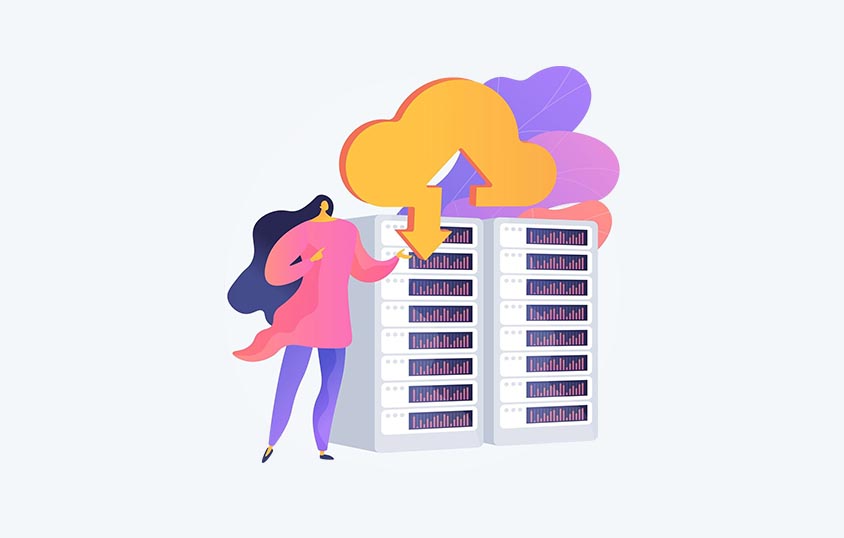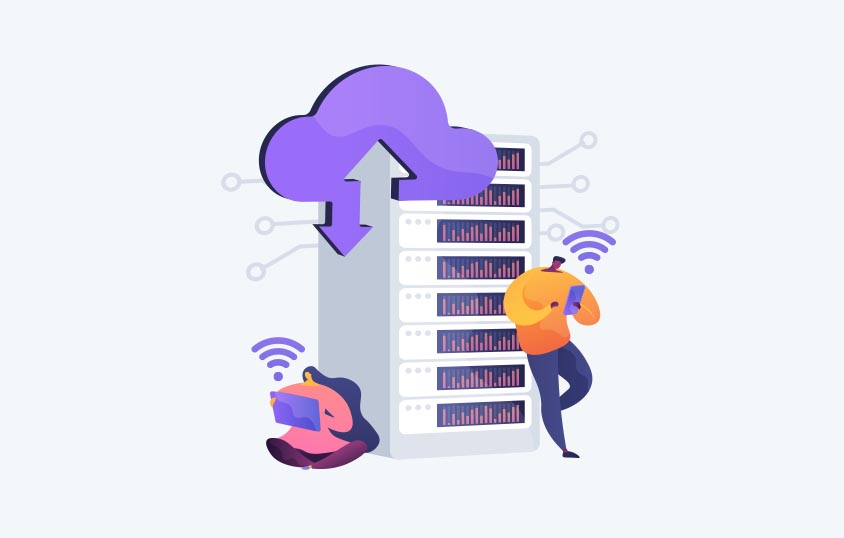Content
Recent Posts
How to Use cPanel: A Complete Walkthrough

cPanel is one of the most popular control panels for managing websites and hosting accounts. It provides a straightforward interface for handling everything from file management to email setup without needing deep technical skills.
In this guide, we’ll walk you through using cPanel step-by-step, keeping things clear and practical so you can quickly get comfortable with its most important features.
Content
What is cPanel & Why It Matters
cPanel is a web-based dashboard provided by many hosting services. It acts as a central hub for managing your website, hosting settings, and server resources. Instead of running complex commands, you get a clean interface where you can click and configure what you need.
For website owners, especially beginners, cPanel simplifies tasks like installing WordPress, setting up security tools, creating emails, and tracking performance. It’s a must-have tool for anyone managing their own site.
How to Access cPanel
Accessing your cPanel is the first step. Once you sign up for a hosting plan, you’ll usually receive a welcome email with your login credentials and a direct link to your cPanel.
- Through your hosting provider: Most hosting companies include a direct cPanel link in their dashboard or welcome email.
- Using your domain name: Enter your domain name followed by /cpanel (example: www.yourdomain.com/cpanel).
- Login credentials: Use the username and password provided by your host.
Once logged in, you’ll land on the main cPanel dashboard, where everything is organized into sections like Files, Databases, Domains, and Security.
Understanding the Dashboard Layout
The dashboard can look overwhelming at first, but everything is grouped logically:
- Files: Manage website files, backups, and FTP accounts
- Databases: Create and manage databases for apps like WordPress
- Domains: Add subdomains, redirects, and manage DNS settings
- Email: Create and manage email addresses for your domain
- Metrics: Monitor site performance and bandwidth usage
- Security: Configure SSL certificates, firewalls, and access rules
- Software: Install apps like WordPress using one-click installers
- Advanced tools: Cron jobs, error pages, and other technical settings
Most hosting providers allow you to customize this layout, so you can drag and arrange features based on what you use most often.

Step-by-Step Guide to Key Features
1. Managing files
The File Manager works like a simplified version of your computer’s file explorer.
- Go to Files > File Manager
- From here, you can upload files, edit code, or delete content directly
- The public_html folder contains your live website files
Pro tip: Always create a backup before making changes to avoid breaking your site.
2. Setting up email accounts
cPanel lets you create custom email addresses for your domain, such as info@yourdomain.com.
- Navigate to Email > Email Accounts
- Click Create, choose a username, and set a strong password
- Configure your email client (like Outlook or Gmail) using the provided settings
This feature adds professionalism to your brand and keeps communication organized.
3. Installing WordPress
Many hosting providers integrate Softaculous or similar tools for one-click installs.
- Go to Software > WordPress Manager or Softaculous Apps Installer
- Select WordPress, click Install, and follow the prompts
- You’ll need to choose a domain, site title, and admin credentials
Once installed, you can access your WordPress dashboard at yourdomain.com/wp-admin.
4. Managing domains
You can manage multiple websites from one hosting account:
- Add-on Domains: Host entirely separate websites
- Subdomains: Create sections like blog.yourdomain.com
- Redirects: Point one URL to another
These settings are found under Domains in your cPanel.
5. Tracking site performance
Under Metrics, you can monitor traffic and resource usage:
- Bandwidth: Shows how much data your site uses
- Awstats or Webalizer: Provides visitor statistics
- Errors: Lists problems visitors encountered while accessing your site
Regularly checking these helps you plan for growth and troubleshoot issues early.

6. Strengthening security
Security is critical, and cPanel provides several tools to help:
- SSL/TLS: Install SSL certificates to enable HTTPS
- IP blocker: Block unwanted IP addresses from accessing your site
- Hotlink protection: Prevent others from stealing your content
- Password-protected directories: Add extra security to sensitive areas
Most hosting providers offer free SSL certificates, which you can activate directly through cPanel.
7. Backups and restore
Keeping regular backups can save your site if something goes wrong.
- Go to Files > Backup
- You can create a full site backup or download specific parts like databases
- Restoring is just as simple through the same menu
Some hosting services also offer automatic backups, so check your plan details.
8. Managing databases
Databases are essential for dynamic websites like WordPress.
- Navigate to Databases > MySQL Databases
- Create a new database and user, then link them together
- Use phpMyAdmin to edit and manage database contents directly
If you’re not comfortable working with databases, stick to your CMS’s built-in tools.
Tips for First-Time cPanel Users
If you’re new to cPanel, it’s best to take things slow and avoid making too many changes at once. Start with small adjustments and test them to ensure everything works correctly.
Make use of the search bar at the top of the dashboard to quickly find the tools and features you need, which saves time as you get familiar with the layout. It’s also a good idea to bookmark the tools you use most often, so they’re always easy to access.
Finally, don’t hesitate to reach out to your hosting provider’s support team, as many hosts offer tutorials, guides, and live chat assistance to help you navigate cPanel more confidently.

Common Mistakes to Avoid
- Ignoring backups: Always back up before updates or changes
- Overlooking security: Set up SSL, update passwords regularly, and monitor for suspicious activity
- Accidentally deleting files: Double-check what you’re removing in File Manager
- Misconfiguring DNS settings: DNS changes can take time to propagate, so plan ahead when moving domains
Hosting Services That Offer Great cPanel Support
To get the most out of cPanel, you need a reliable hosting provider. Here are some solid options:
- Hostinger: Known for affordability and speed, perfect for beginners who want a clean cPanel experience
- Namecheap: Budget-friendly hosting with easy domain management and cPanel integration
- SiteGround: Provides top-tier support and performance, ideal for growing businesses
- A2 Hosting: Focuses on speed and developer-friendly tools while maintaining an easy-to-use cPanel
- TMDHosting: Delivers strong customer support and optimized servers for smooth website performance
These providers offer plans that include cPanel, automatic backups, and one-click installers, making them excellent starting points for managing your website effectively.
Final Thoughts
cPanel is a powerful tool that simplifies web hosting management. By learning its core features step-by-step, you can take control of your website without needing advanced technical skills. Whether you’re uploading files, securing your site, or tracking performance, cPanel puts everything you need in one place. Choosing a dependable hosting provider ensures you get the best experience and support as your site grows.
When choosing a web hosting service, evaluate each provider’s features, performance, and pricing based on your site’s goals and traffic needs. Our reviews and comparison tool can help you weigh top options, while our blog offers insights into hosting types and pricing models. The right choice balances speed, reliability, scalability, and support to keep your site running smoothly within budget.